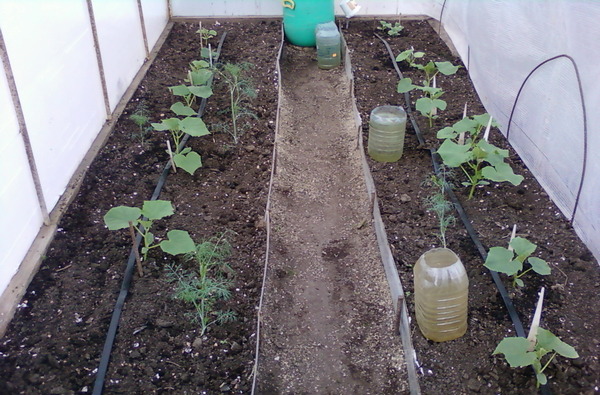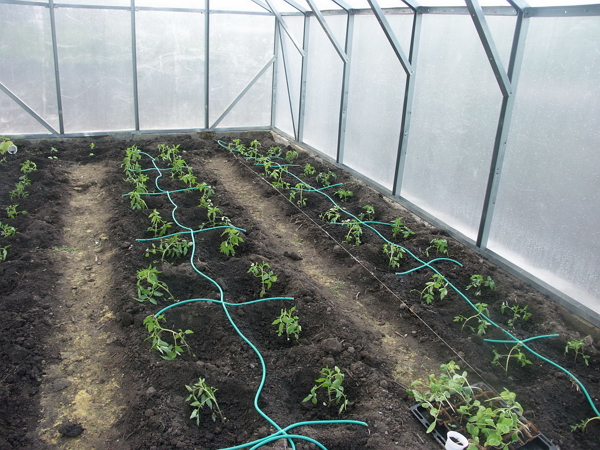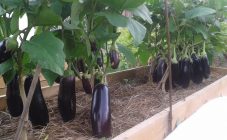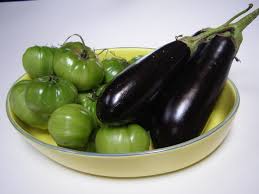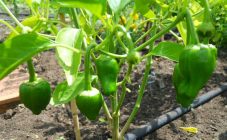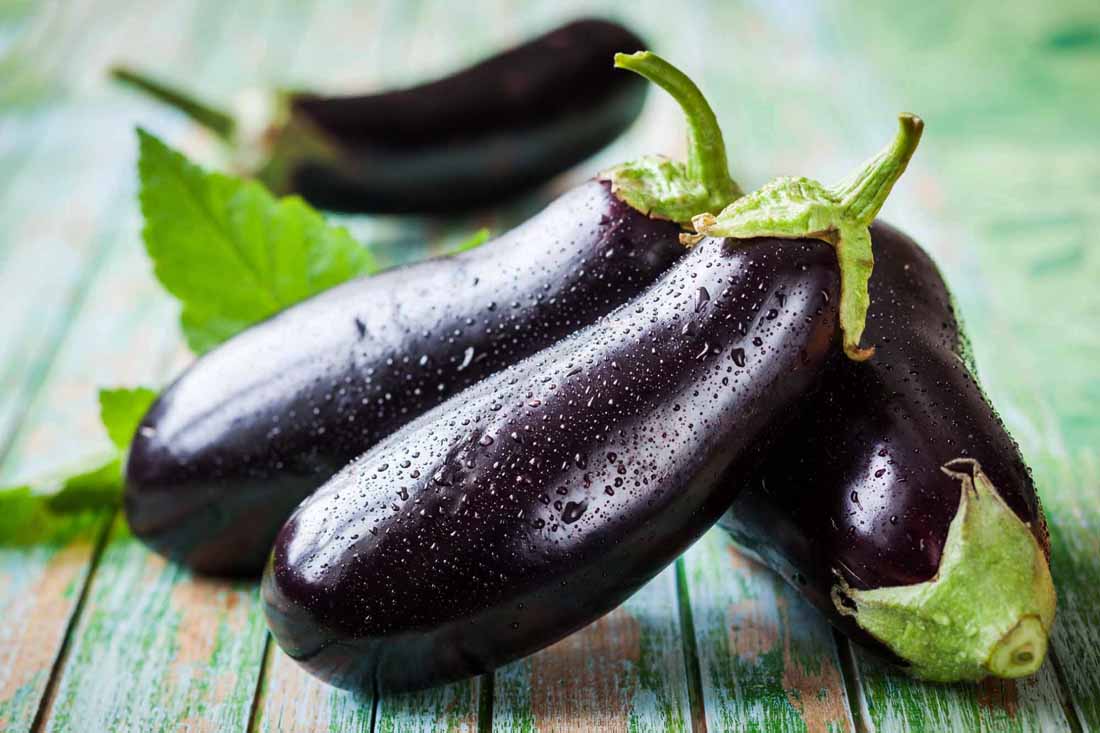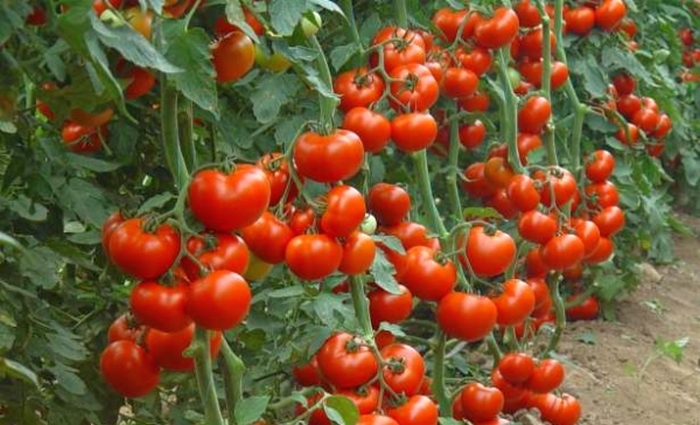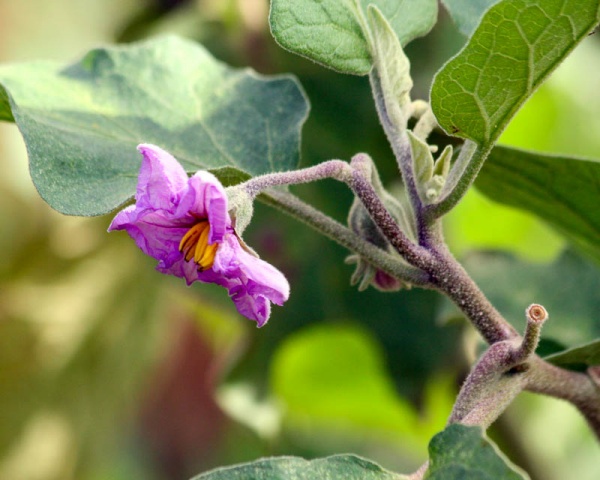Content:
Eggplant is the most demanding crop among all nightshade plants. Its main preferences are the correct humidity of the air and soil, as well as the temperature regime. Therefore, the easiest way to get a generous vegetable harvest is when grown in a polycarbonate greenhouse, as this design helps to optimize the gardener's efforts and protect the plants from the external environment.
Growing conditions
In order for the eggplants to fully develop and eventually bring a good harvest, it is necessary to find out in advance how often the eggplants should be watered in a polycarbonate greenhouse and what humidity should be adhered to.
The peculiarity of the greenhouse is that in summer the air humidity in it varies within 65-80%. The only exception is sultry days, when this figure can drop to 40%. During regular rains, humidity levels can rise up to 90%.
In case of improper watering, these indicators can significantly change upwards, which negatively affects the ovary and further fruiting. This is due to the fact that eggplants are fully capable of developing only under the condition of high moisture content in the soil and low air humidity. Therefore, the main task of the gardener is to create optimal conditions, observing the basic rules of irrigation.
In the first case, the root system becomes insensitive to moisture, since it begins to rot from an excess of water. In the second case, excessive dehydration of the leaves leads to overheating of the plants and further death.
If the foliage of the eggplants begins to curl along the central vein, this is a sign of a lack of moisture in the soil.
Regularity of watering
After planting the seedlings in a permanent place in the greenhouse, you need to figure out how to water the eggplants in the greenhouse so as not to harm the plants and provide the necessary amount of water.
As greenhouse eggplants grow, the watering frequency is reduced to 1 time per week in dry weather. On rainy days, watering is delayed until the soil is dry enough.
How important is the temperature
In addition to moisture, eggplants also need to maintain an optimal temperature regime, since they are a heat-loving culture. If the air temperature is set at + 13-15 degrees, their development process slows down, and with prolonged maintenance, the leaves turn yellow and crumble.
Features of watering in the greenhouse
When growing eggplants, watering in the greenhouse should be carried out in compliance with certain rules, which guarantees the full development of the bushes and the formation of fruits.
The following recommendations will help to achieve the required microclimate:
- 4 liters of water should be poured under each adult bush;
- moisture should be avoided, as they become certain lenses under the sun's rays and cause burns;
- irrigation must be carried out in the morning or in the evening so that there is no greenhouse effect, and all the moisture after that goes into the soil.
Water requirements
For irrigation, it is necessary to use warm, settled water with a temperature of about + 20-23 degrees. The best solution is to collect rainwater, if possible.
When watering, the water should soak the soil around the bush to a depth of 20 cm, since the eggplants form a superficial root system. This will make it possible to completely saturate the plant with water.
Irrigation technique
There are several basic ways to water greenhouse eggplants. But each of them should be carried out strictly at the root.
Manual
This method is considered the simplest and most affordable. For this, a container with settled water and a bucket with a bucket are used. It is not recommended to use a watering can with a spray, as moisture will get on the leaves in any case.
The manual method helps to control the dosage of water, but it is laborious, since it will take a lot of effort to irrigate even a small greenhouse.
With a hose
Watering with this method is not very suitable for watering eggplants in a greenhouse, since in most cases water is used from a water supply system or a well, which can lead to hypothermia of the soil and roots.
In addition, watering with a hose does not make it possible to control the consumption rate per plant.
Drip
This method is the most optimal, since it does not cause any particular difficulties and allows you to fully satisfy all the requirements of the plants. Moisture entering directly into the soil creates additional evaporation, in addition, watering is carried out directly under the root.
Drip irrigation is convenient because it can be carried out at any time. For watering in this case, you need to purchase special hoses or install pipes.
But in the absence of special devices, it is possible to organize drip irrigation using ordinary plastic bottles. To do this, it is enough to cut off the bottom of them and set the open neck down on each plant. After that, you should regularly add water to the bottles according to the schedule.
Irrigation rules at different stages of development
Eggplants require different amounts of water depending on the stage of growth. Therefore, this must be taken into account.
After disembarking
After planting, the plants still do not need abundant watering, since the root system did not have time to fully take root. Therefore, the seedlings should be watered for the first time on the 5th day. The volume of water in this case is 1-1.5 liters for each bush.
In the future, greenhouse eggplants should be watered regularly as the topsoil dries out.Most often, the regularity of watering during this period is 1 time in 3 days in the absence of rain. Subsequently, irrigation should be carried out once a week, pouring 3-4 liters under each plant.
During flowering
During the mass formation of buds and ovaries, plants especially need constant abundant watering. Since a lack of moisture can lead to shedding. Therefore, irrigation should be carried out 2 times a week, increasing the rate to 4-5 liters for each bush. This condition is acceptable in the absence of seasonal precipitation.
To improve the fruit set, watering can be carried out simultaneously with feeding. For this, it is better to use boric acid. The drug is dissolved at the rate of 10 g per 1 liter of boiling water, and then 9 liters of water must be added. Spray the foliage with the resulting solution, evenly wetting all the leaves. The procedure should be carried out in the evening in dry weather.
During fruit formation
When fruits ripen, watering should be carefully regulated, as excess moisture can lead to rot.
Therefore, it is better to irrigate once every 7-10 days, but at the same time maintaining the same fluid rate.
In hot and cloudy weather
During the period of special summer heat, the evaporation of moisture from the leaves increases significantly, so plants need to constantly replenish its reserves. Therefore, it is recommended to control the moisture level in the soil daily, and water it every other day.
During heavy rains, water access should be limited and therefore it is recommended to moisten the soil only when necessary, even to the detriment of the established schedule.
Further care
Regardless of the weather, you need to mulch the soil to successfully grow eggplants in a greenhouse. This procedure prevents crust formation and helps to reduce the optimum moisture level.
Mulching is carried out 10-12 hours after watering. For this, any of the following components are used:
- straw;
- peat;
- rotted humus;
- old newspapers;
- sawdust.
Eggplants are considered a demanding crop, but following all the watering recommendations, getting a good harvest will not be difficult even for a beginner. The main thing is to take into account the level of humidity and, if necessary, ventilate the greenhouse on time.
